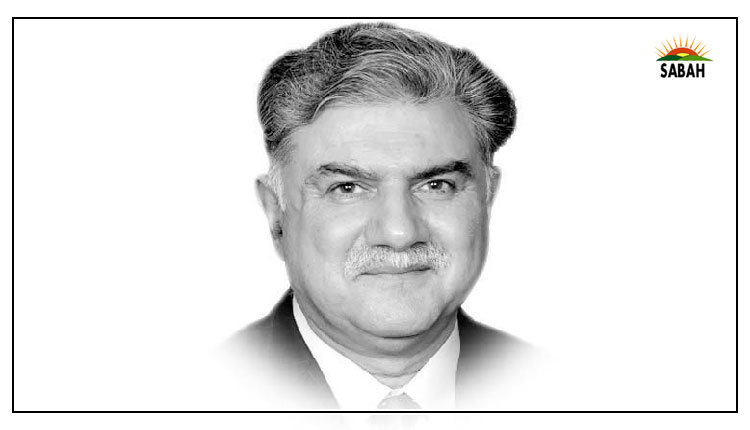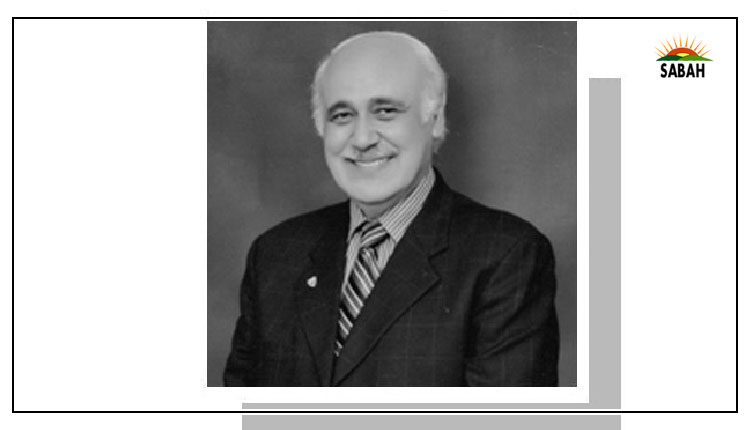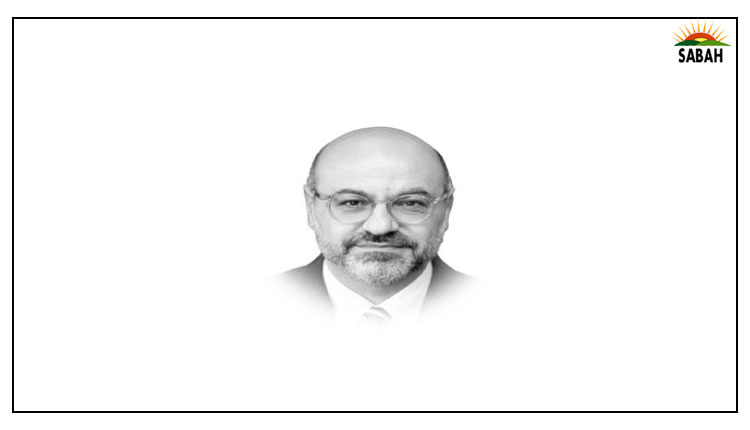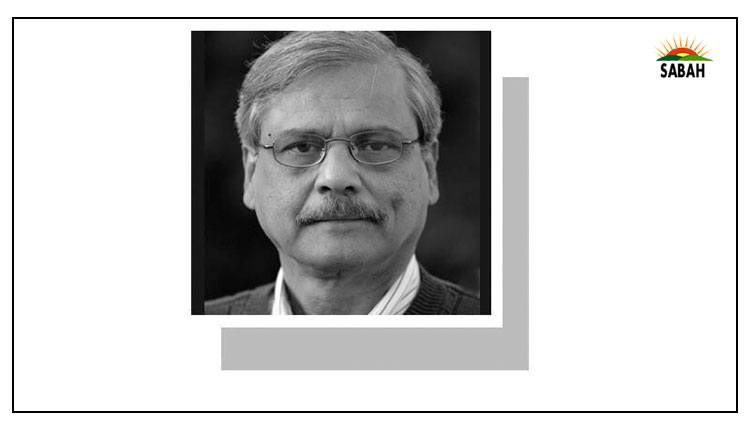Cracks in the coalition…Zahid Hussain
THEY have been strange bedfellows from the outset. It was a marriage of convenience that brought the PML-N and PPP together. They joined hands against a common adversary. The removal of the PTI government was a job half done. They stayed together to ensure the dismemberment of the archenemy.
With the mission almost completed, the cracks in this uneasy relationship are becoming tangible. Bilawal Bhutto-Zardaris outburst against the Sharif-led government at a public rally the other day was a testimony of the growing estrangement.
The PPP leader, who is also foreign minister, didnt mince words when he warned that his party would not vote on the budget if its demands were not met. The response from a senior PML-N federal minister was equally blunt.
That particular issue may have been resolved, with the prime minister yielding to the PPP demand for greater budgetary allocation for Sindhs flood-affected areas. But the fault lines in the alliance are now apparent in this changing political maze. Despite being a crucial partner in the coalition government, the PPP has craftily distanced itself from the unpopular policies of the Sharif administration.
In fact, it has been tacitly critical of the finance ministers disastrous economic management for some time now. Party leaders have openly voiced their concern about rising inflation and financial mismanagement. At the same time, the party has jealously guarded its ministerial domain, particularly in foreign affairs.
The shifting sands of politics in the aftermath of the May 9 incident and the virtual disintegration of the PTI seems to have further sharpened the contradictions within the alliance, with each party gearing up for the forthcoming electoral battle.
The PPP is not a part of the multiparty Pakistan Democratic Movement. The party had quit the motley alliance a few months after its formation in 2020, following a bitter quarrel over policy with the PML-N. But an agreement over a vote of no-confidence against the Imran Khan government brought the two rivals together.
Perhaps a nudge from the security establishment also helped bridge the differences. The plan worked. The PPP grudgingly accepted playing second fiddle to the PML-N in the coalition government. There was no option for a parting of ways yet, with the PTI juggernaut threatening to destroy the entire edifice.
Not surprisingly, the coalition worked smoothly in the face of the challenge arising from Imran Khans populist politics. But the political scenario has completely transformed in the past few weeks, with the PTI buckling under the security agencies massive crackdown. The establishment has struck hard after the May 9 attacks on military installations, triggering the process of dismantling a powerful adversary.
Although there is no indication yet of the PTIs diminishing mass support, the forced exodus of senior party members and electables has certainly dented its electoral prospects, sharpening the battle for Punjab. While the PML-N sees an opportunity to regain its electoral support in the heartland, the PPP is trying to take advantage of the emerging political dynamics.
Asif Zardari camped for weeks in Lahore to collect some of the crumbs falling from the PTIs dismantling process. He may have succeeded in grabbing some PTI defectors from south Punjab, but the party failed to make any breakthrough in central Punjab and the G.T. Road belt. Undoubtedly, the PML-N will be the main beneficiary of the PTIs crumbling and the possible disqualification of Imran Khan.
But the formation of the Istehkam-i-Pakistan Party led by Jahangir Tareen as part of the ongoing political re-engineering has brought a new and significant element into the power game. The party, which presumably has the blessings of the ubiquitous security establishment, largely comprises PTI defectors, mostly from Punjab.
The development seems to have spoiled the PPPs effort to woo the electables. Some PML-N leaders have indicated that there is a possibility of an accord on seat arrangement with the new actor in the game.
The game, though, is far from over, with Khan holding his ground. That may be the reason why the government is not risking the holding of elections within the stipulated timeframe. The government is also reportedly thinking about imposing an economic emergency that may give it constitutional cover for extending the term of the current National Assembly by at least six months. But any such move will require the approval of the apex court.
Meanwhile, the stage seems to be set for the return of former prime minister Nawaz Sharif following the passage of two laws by parliament. While one of the new laws allows the PML-N supreme leader to file a review petition on his conviction by the Supreme Court, the second would reduce his lifetime disqualification to five years, which is about to be completed.
Although the PML-N supremo is virtually running both government and party affairs from London, his return will help restore some confidence to the party leadership. But it is still not clear whether he would be able to mobilise mass support in the changing political and social environment.
One of the reasons why the party is failing to mobilise the youth is the reluctance of the party leadership to introduce changes. Instead, family control over the party has been further strengthened.
The top party positions are dominated by Sharif family members or their henchmen. The recent party convention that was supposed to elect party officials defied even the pretence of democratic practice. Members of the Sharif family were returned unopposed to the top party positions.
With the election date approaching, though it is not clear when polls will actually be held, the PPP is resetting its future political strategy. With no prospect of forming an electoral alliance, the party is likely to distance itself further from the governments economic policies and take an independent position on key policy decisions in an effort to maintain at least the pretence of a liberal ethos. There is no immediate danger of the coalition government falling apart. But the cracks in the alliance will certainly widen.
Courtesy Dawn












